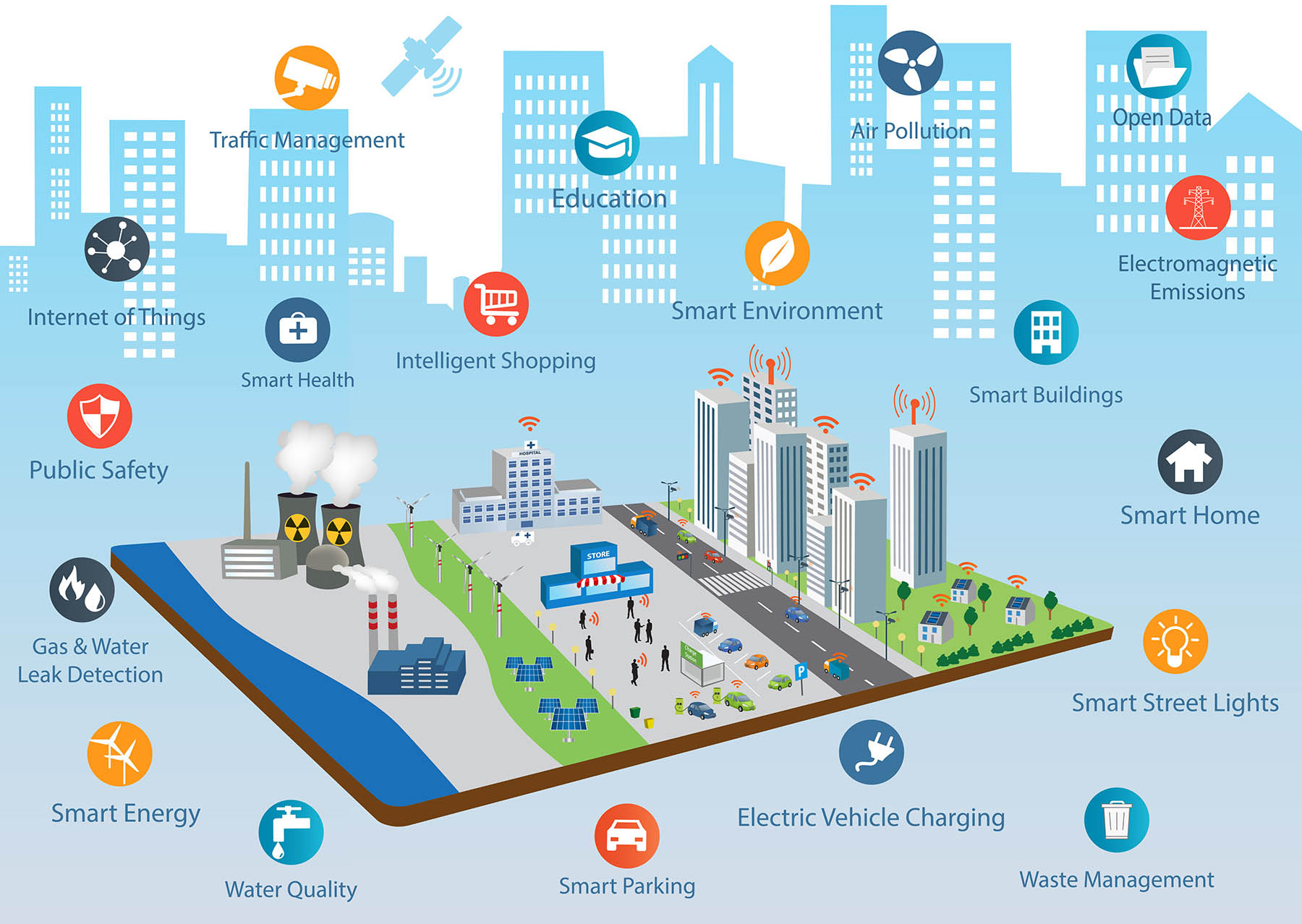Experts emphasise sustainable real estate practices for smart cities – Tribune India

Integrated Infrastructure and Sustainable Real Estate: Key to India’s Urban Growth
Emphasizing Aesthetics and Women’s Leadership in Urban Development
At the 4th NAREDCO Mahi Convention, senior policymakers and industry leaders highlighted the critical role of aesthetics and women’s leadership in shaping India’s urban growth. The convention underscored the importance of integrated infrastructure and sustainable real estate practices as foundational elements for building smart cities of the future, aligning closely with the United Nations Sustainable Development Goals (SDGs), particularly SDG 11 (Sustainable Cities and Communities) and SDG 5 (Gender Equality).
Convention Theme: Women Transforming Real Estate for a Sustainable Tomorrow
Parvesh Verma, Cabinet Minister, Government of NCT of Delhi, addressed the convention themed “Rise & Build: Women Transforming Real Estate for a Sustainable Tomorrow”. He emphasized that city beautification is essential to the development of smart cities, reinforcing the connection to SDG 11.
- Beautiful cities are integral to smart city initiatives.
- Women leaders and NAREDCO Mahi are pivotal in achieving urban beautification and sustainability.
- The Delhi government’s development of the Yamuna riverfront exemplifies collaborative efforts toward sustainable urban infrastructure.
Shift Towards Integrated Infrastructure Management
D Thara, IAS, Additional Secretary, Union Ministry of Housing & Urban Affairs, stressed the necessity of transitioning from standalone housing projects to integrated infrastructure management. This approach supports SDG 6 (Clean Water and Sanitation) and SDG 15 (Life on Land) by promoting sustainable habitat development.
- Inclusion of water supply systems and green spaces beyond mere building construction.
- Introduction of innovative solutions such as ‘green tanks’ for harvesting excess rainwater.
- Encouragement of transparency among developers by providing documentation on green initiatives and water availability.
Empowering Women and Promoting Sustainable Development
Smita Patil, President of NAREDCO Mahi, reaffirmed the organization’s commitment to empowering women in the real estate sector through the Saswat Nirman initiative. This program focuses on sustainable development and green building practices, directly contributing to SDG 5 (Gender Equality) and SDG 13 (Climate Action).
- Promotion of women’s leadership in real estate development.
- Advancement of green building standards and sustainable construction methods.
- Support for long-term environmental sustainability within urban development projects.
1. Sustainable Development Goals (SDGs) Addressed or Connected
- SDG 11: Sustainable Cities and Communities
- The article discusses smart city development, city beautification, integrated infrastructure, and sustainable real estate practices, all central to SDG 11.
- SDG 5: Gender Equality
- Women’s leadership and empowerment in real estate, as highlighted by the convention theme and initiatives, connect directly to SDG 5.
- SDG 6: Clean Water and Sanitation
- Innovative water management solutions like ‘green tanks’ for rainwater harvesting relate to SDG 6.
- SDG 9: Industry, Innovation and Infrastructure
- The emphasis on integrated infrastructure management and sustainable real estate development aligns with SDG 9.
- SDG 13: Climate Action
- Green building practices and sustainable development efforts contribute to climate action goals.
2. Specific Targets Under the Identified SDGs
- SDG 11: Sustainable Cities and Communities
- Target 11.3: By 2030, enhance inclusive and sustainable urbanization and capacity for participatory, integrated and sustainable human settlement planning and management.
- Target 11.7: By 2030, provide universal access to safe, inclusive and accessible, green and public spaces.
- SDG 5: Gender Equality
- Target 5.5: Ensure women’s full and effective participation and equal opportunities for leadership at all levels of decision-making.
- SDG 6: Clean Water and Sanitation
- Target 6.4: By 2030, substantially increase water-use efficiency across all sectors.
- Target 6.6: Protect and restore water-related ecosystems.
- SDG 9: Industry, Innovation and Infrastructure
- Target 9.1: Develop quality, reliable, sustainable and resilient infrastructure.
- SDG 13: Climate Action
- Target 13.1: Strengthen resilience and adaptive capacity to climate-related hazards and natural disasters.
3. Indicators Mentioned or Implied to Measure Progress
- SDG 11 Indicators
- Proportion of urban population living in slums, informal settlements or inadequate housing (implied by focus on integrated infrastructure and sustainable urban development).
- Access to green and public spaces (implied by city beautification and green spaces emphasis).
- SDG 5 Indicators
- Proportion of women in managerial positions and leadership roles (implied by women’s leadership in real estate and empowerment initiatives).
- SDG 6 Indicators
- Water use efficiency (implied by rainwater harvesting and water availability transparency).
- Extent of water-related ecosystems protected or restored (implied by Yamuna riverfront development).
- SDG 9 Indicators
- Proportion of the rural population who live within 2 km of an all-season road (implied by integrated infrastructure development).
- SDG 13 Indicators
- Number of countries with national and local disaster risk reduction strategies (implied by sustainable and green building practices).
4. Table of SDGs, Targets and Indicators
| SDGs | Targets | Indicators |
|---|---|---|
| SDG 11: Sustainable Cities and Communities |
|
|
| SDG 5: Gender Equality |
|
|
| SDG 6: Clean Water and Sanitation |
|
|
| SDG 9: Industry, Innovation and Infrastructure |
|
|
| SDG 13: Climate Action |
|
|
Source: tribuneindia.com








